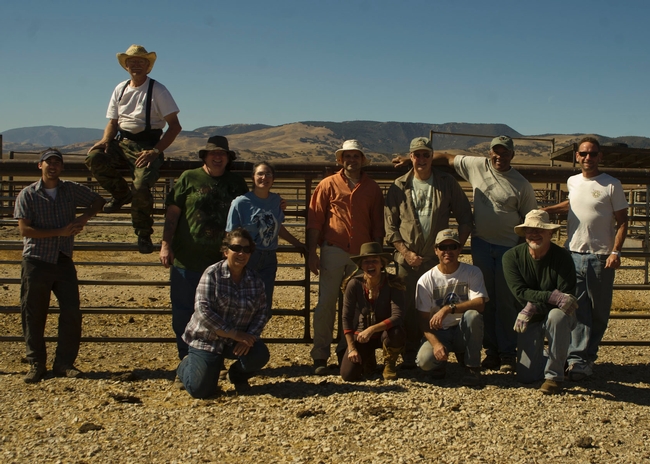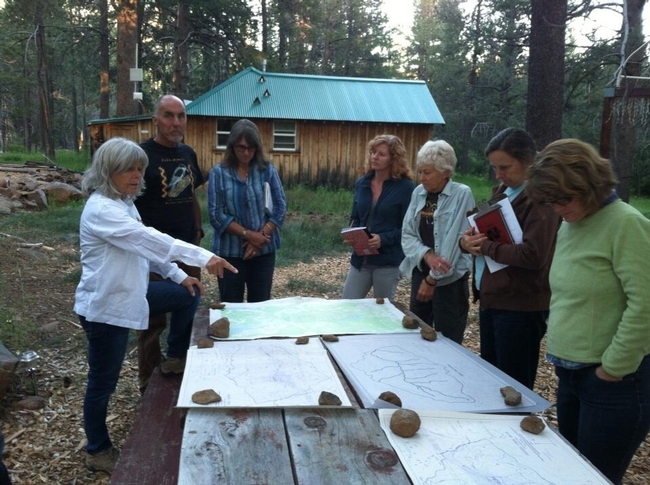Stewardship: \'stü-?rd-?ship: the activity or job of protecting and being responsible for something.
In 1862 the Morrill Act was passed to support and maintain colleges of agriculture and mechanical arts, including a later provision that included the donation of public land. As one of the first land grant Universities, the University of California was well positioned to manage agricultural extension across the state as part of the Smith Lever Act of 1915. Today, many people think of California agriculture as strawberries, broccoli and rice; but it is livestock and forestry that dominated California working landscapes in those early days.

This year, the University of California Division of Agriculture and Natural Resources celebrates 100 years of UC Cooperative Extension serving as a research and outreach partner in communities throughout California. For an interesting read on this rich history and the evolution of UC rangeland management perspectives, see M. George, and W. J. Clawson's The History of UC Rangeland Extension, Research, and Teaching: A Perspective (2014). Additionally, UC ANR California Rangelands Website includes a free Annual Rangeland E-book; current project descriptions, publications, and online learning modules: http://californiarangeland.ucdavis.edu/.
Maintaining and improving environmental quality on public and private land requires an informed strategy that encourages stewardship by land owners and community members. In present times, we face the challenges of managing land in the face of growing population, drought, invasive species, and climate change, just to name a few forces of global change. Out of necessity, our broader perspective on land management has shifted to one of “ecosystem stewardship” which is defined as a strategy to respond to and shape social-ecological systems under conditions of uncertainty and change to sustain the supply and opportunities for use of ecosystem services to support human well-being (Chapin et al. 2010). The stewardship framework focuses on the dynamics of ecological change and assesses management options that may influence the path or rate of that change.

The California Naturalist Program uses a science curriculum which includes chapters in forest, woodland, and range resources and management, geology, climate, water, wildlife, and plants. Experiential learning and service projects instill a deep appreciation for the natural communities of the state and serve to engage people in natural resource conservation.

California Naturalists trained at these locations and more are involved in ecosystem stewardship, rangeland management, watershed restoration, and helping outdoor education programs that benefit the environment and people of all ages. Naturalists have donated over 13,000 hours of in-state service in the last three years. These types of stewardship opportunities are essential for the active adaptive management that both public and private lands need to ensure resilience and continue to provide ecosystem services that we all rely on. These trained environmental stewards are an important part of this growing community of practice who not only steward land but pass on critical knowledge about California's natural and managed ecosystems.